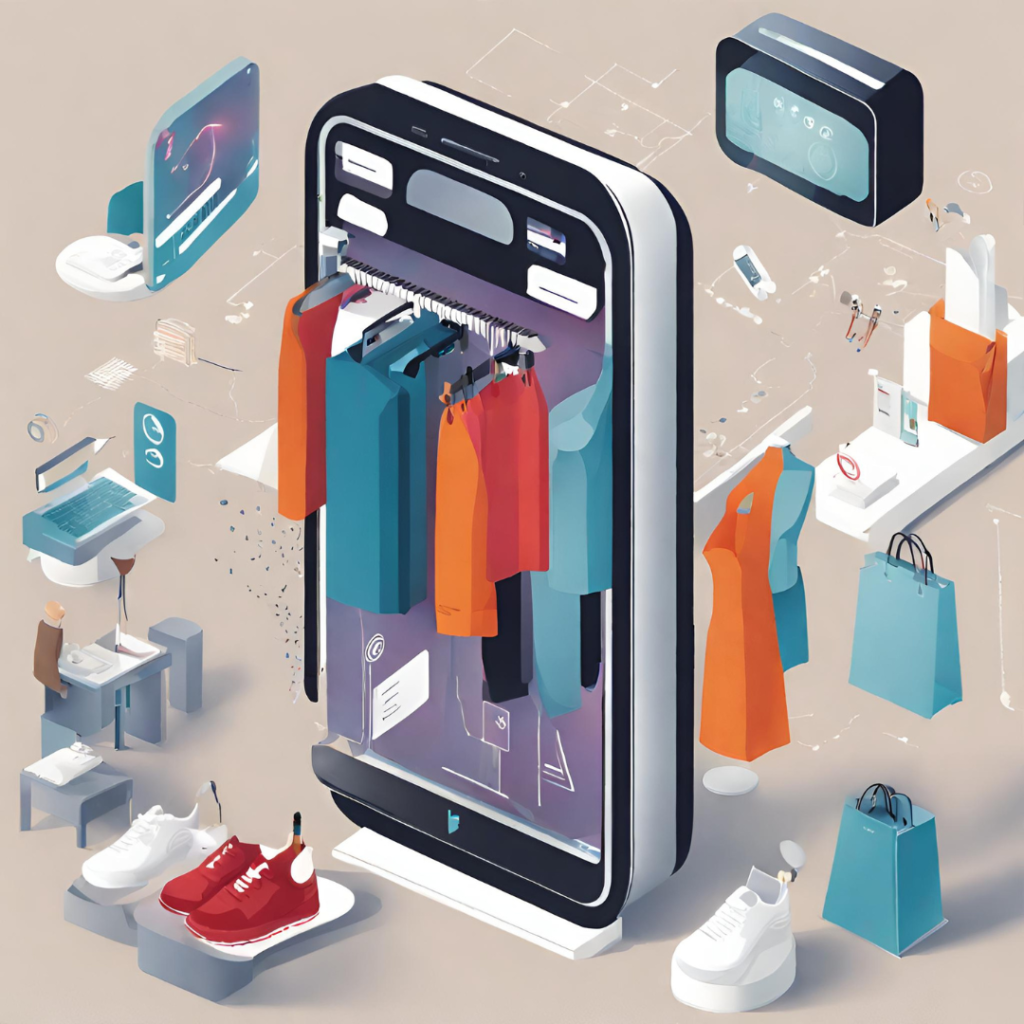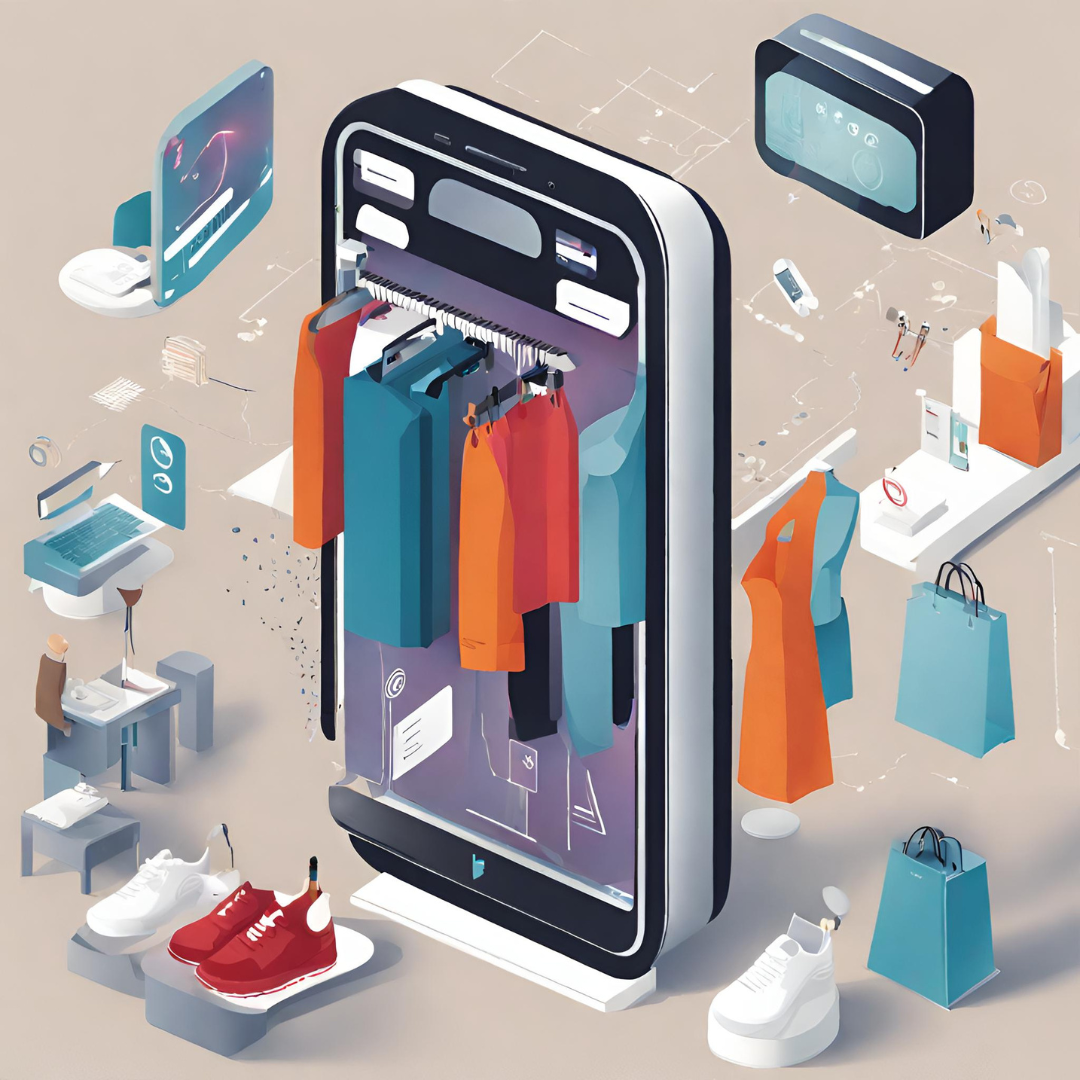
As the fashion industry unfurls its vibrant fabrics, a new era of innovation dawns on the horizon. In the year 2024, fashion and technology intertwine, paving the way for retailers to captivate their audience and transcend the traditional shopping experience. In this article, we’ll delve into the cutting-edge fashion technology trends of 2024, offering insights into how to implement these trends and outlining the potential benefits for forward-thinking fashion retailers.
VIRTUAL TRY-ON EXPERIENCES
In a world where online shopping reigns supreme, providing customers with a virtual try-on experience is a game-changer. By leveraging augmented reality (AR) and virtual reality (VR) technologies, fashion retailers can offer customers the ability to virtually try on clothes and accessories from the comfort of their homes. This immersive experience enhances customer engagement and reduces the likelihood of returns, creating a seamless and satisfying shopping journey.
Implementation Tip: Collaborate with tech firms specializing in AR and VR to create a user-friendly and realistic virtual try-on platform integrated into your online store.
Benefits: Increased customer satisfaction, reduced return rates, and a boost in online sales.
SUSTAINABLE TECH FABRICS
As sustainability continues to shape the fashion landscape, the integration of technology into eco-friendly fabrics is gaining traction. From self-healing materials to fabrics with embedded sensors monitoring environmental impact, tech-infused sustainable fashion not only aligns with consumer values but also promotes innovation within the industry.
Implementation Tip: Partner with sustainable tech fabric suppliers and showcase your commitment to eco-conscious fashion through dedicated collections.
Benefits: Enhanced brand reputation, appeal to environmentally conscious consumers, and participation in the global push for sustainable practices.
PERSONALIZED SHOPPING EXPERIENCES
Artificial intelligence (AI) is revolutionizing personalization in the world of fashion retail. By implementing AI algorithms, retailers can analyze customer preferences, purchase history, and browsing behavior to curate personalized product recommendations. This fosters a deeper connection with customers and increases the likelihood of conversion.
Implementation Tip: Invest in AI-powered customer relationship management (CRM) systems to gather and analyze customer data, tailoring marketing strategies and product offerings accordingly.
Benefits: Improved customer retention, increased sales, and a competitive edge in the crowded retail landscape.
SMART FITTING ROOMS
Revolutionizing the in-store experience, smart fitting rooms equipped with RFID technology and interactive mirrors offer customers a tech-savvy and efficient way to shop. RFID-enabled clothing tags allow the system to recognize items brought into the fitting room, providing additional product information and suggesting complementary pieces. This seamless integration of technology enhances the overall in-store experience and encourages cross-selling.
Implementation Tip: Collaborate with technology providers specializing in smart retail solutions to design and implement smart fitting rooms in your stores.
Benefits: Increased in-store engagement, higher conversion rates, and a reputation for embracing innovative retail solutions.
In conclusion, the fashion industry in 2024 is witnessing a revolution of style and technology, opening doors for retailers to engage customers in novel ways. Embracing virtual try-on experiences, sustainable tech fabrics, personalized shopping, and smart fitting rooms positions fashion brands at the forefront of innovation, fostering customer loyalty and driving business success in the digital age. As we navigate this tech-infused fashion frontier, the key to success lies in a willingness to adapt, experiment, and remain at the cutting edge of industry trends.


